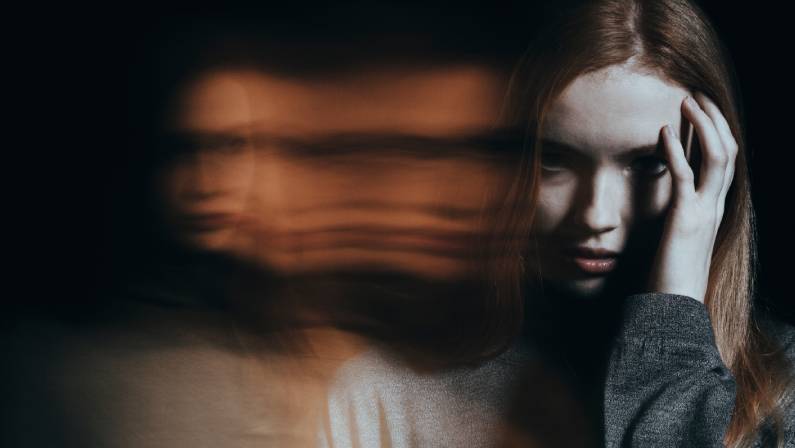Imagine a symphony of sensations, an orchestra of pulsating discomfort. That’s the enigma of a migraine. It’s a relentless dancer, moving to its rhythm, bringing a whirlwind of sensitivity, pain, and unpredictable interruptions to life’s stage. Yet, within this tempest, there’s resilience—the strength to seek solace, to find relief, and to rewrite the melody of your own story.
A migraine is a headache that can cause severe pain or a pulsing sensation in the nerves on one side of the brain. Which creates a feeling of nausea, vomiting, feeling of bursting nerves and extreme sensitivity to light and sound.

WHAT CAUSES MIGRAINE
Multiple reasons may trigger migraine attacks. Some of the common examples are :
- ALCHOL CONSUMPTION
- CERTAIN MEDICATION
- STRESS
- SPENDING LONG-TIME IN BRIGHT LIGHTS
- STRONG SMELLS
- BRIGHT LIGHTS
- CHANGE IN SLEEP CYCLES
- WEATHER CHANGE
DO I HAVE MIGRAINE
There is a difference between a headache and migraine. Headache often occurs due to tension and stress which put pressure on the forehead and is temporary and stays for some time or can be cured by some ornaments or medication. But in the case of migraine, it is different. It is much more severe and hurts worse which puts pressure on one side of the brain that stays for a long time this also can create nausea or the feeling of vomit or hallucinations. Some of the symptoms will help in understanding whether you have migraine or not are:
- Headache: Migraines involve a severe pulsating headache that can affect one side of the brain. The pain is often intense and can last for hours to days.
- Sensitivity to light and sound: Being in bright light or loud environments can exacerbate migraine symptoms.
- Nausea and vomiting: The feeling of nausea, vomiting, or both during a migraine attack and stomach distress can further intensify the discomfort.
- Visual disturbances: Experiencing visual changes before or during a migraine. This includes flashing lights, zigzag lines, blind spots, or temporary vision loss.
- Aura symptoms: Such as tingling sensations in the face or hands, or difficulty speaking.
- Pain escalation with physical activity: Routine physical activities can worsen migraine pain.
- Other symptoms: Include mood changes, irritability, neck stiffness, or difficulty concentrating.
HOW TO HEAL MIGRAINE
Healthy Lifestyle: With a consistent sleep schedule, maintain a healthy diet, stay hydrated, and incorporate regular exercise into the routine. Healthy habits can often contribute to reducing migraine frequency
Stress Management: Practicing relaxation techniques such as meditation, yoga, deep breathing or mindfulness to manage stress, can be a significant trigger for migraines.
Stay Hydrated: Dehydration can trigger migraines. Ensure drinking enough water throughout the day to stay adequately hydrated.
Alternative Therapies: This can be a good relief giver through alternative therapies such as acupuncture, biofeedback, or certain supplements
Avoid Trigger Foods: Some of the common trigger foods such as aged cheeses, processed foods, alcohol (especially red wine), caffeine, and artificial sweeteners.
CHAPTER OF UNIQUENESS IN THE STORY OF CONQUERING EPILEPSY
Like a lightning bolt in the sky epilepsy strikes with its unpredictable rhythm but amidst the storm—a restless spirit dances in defiance bound in the walls of skin. Every seizure is a complex composition of the unknown which trembles the body or the part of the body.
HEALWELLHUB
"Heal. Thrive. Unit





Leave a Reply